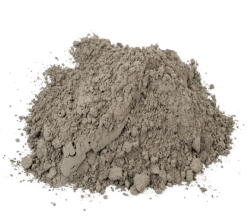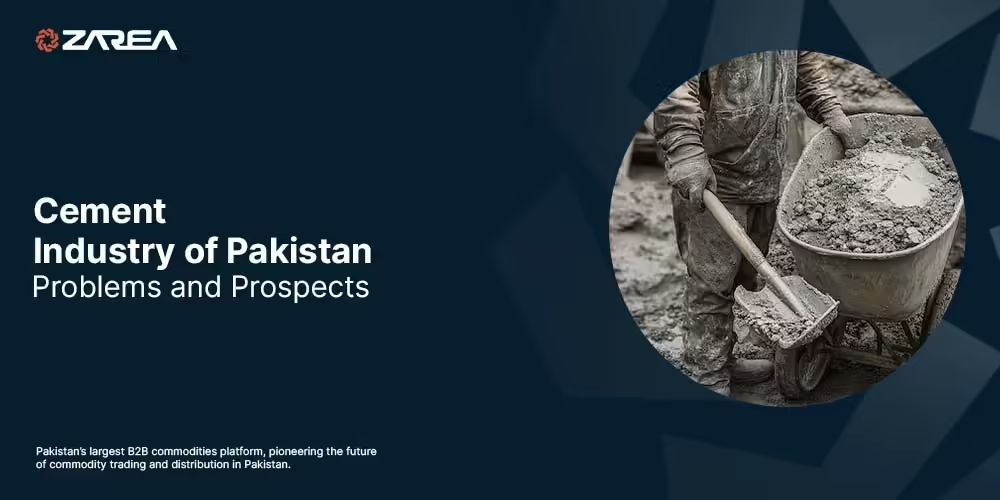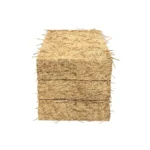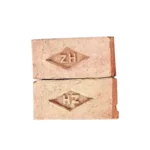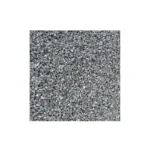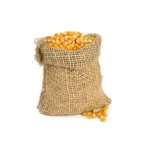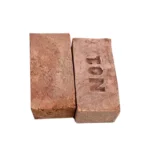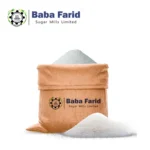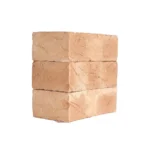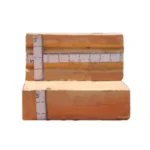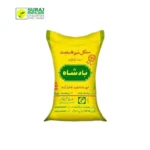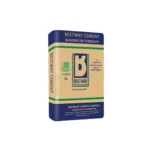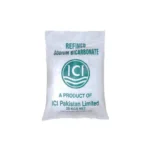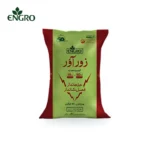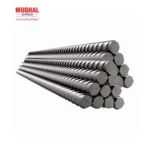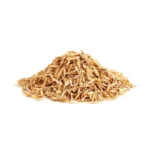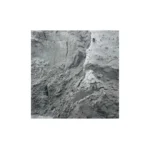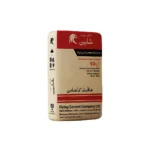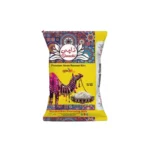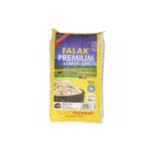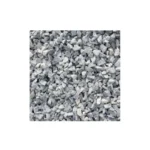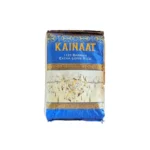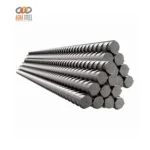Pakistan’s construction industry was instrumental in reviving the economy and preventing it from plunging deeper into debt against market closures, reduced exports, and lockdowns caused by the COVID-19 pandemic. As a result, Pakistan’s cement sector, which was already struggling due to an oversupply and a lack of demand, received a much-needed boost. As a result, Pakistan’s cement industry has been proliferating in recent years, and thanks to the government’s prompt action, the sector experienced unprecedented expansion in FY2020.
Cement industry in Pakistan is produced and used domestically. It’s also exported to several nations, such as Afghanistan, Oman, Qatar, and others. However, cement prices in the local market have risen dramatically due to supply issues and cartelization; currently, a 50-kilogram bag of cement can set you back more than Rs 600 from any company. Read on to learn about the opportunities and threats facing Pakistan’s cement sector.
Cement Industry of Pakistan
The complicated supply chain activities in the cement industry have a major economic impact and make it an indispensable aspect of building infrastructure. The spread of the covid-19 epidemic is expected to reduce demand for cement worldwide. Large-scale manufacturing accounts for around 9.5% of Pakistan’s GDP, and the government has planned a series of incentives in the fourth quarter of FY2020 to help the industry grow (PES, 2021).
The Pakistani cement market accounts for 5.3% of the country’s GDP (SBP, 2020). Its importance stems from the fact that it has a direct impact on the growth of the nation’s infrastructure and building activities and that it is interconnected with many other industries, such as the steel, wood, and tile industries.
A decline in prices in the North Region due to greater supply and decreased demand has led to a 17 percent drop in the sector’s size from Rs 413 million in FY2019 to Rs 345 million in FY2020 (APCMA, 2021). Due to this, 0.85% of Pakistan’s GDP in FY2020 came from this industry (PES, 2021).
There are 19 firms in the cement industry; 16 firms and 24 plants are now active. The North region consists of Punjab, KPK, and AJK, whereas the South region consists of the provinces of Sindh and Balochistan. In the cement industry, most companies are publicly traded on the PSX, indicating that it is highly regulated and operates as an oligopoly. The industry’s estimated market cap is PKR 690bln. The economy’s expansion and public investment in infrastructure projects are the main forces propelling the industry forward (AHL Research, 2021).
Pakistan has a large room for growth in cement consumption since the country’s per capita consumption of 182 kg is more than double the global average of 500 kg. In FY2020, local cement shipments in Pakistan were estimated at roughly 40 million tonnes.
Spending on infrastructure projects by the government through the Public Sector Development Program is a strong predictor of cement demand (PSDP). As the budget gap has grown, expenditure on the Priority Spending Distribution Program (PSDP) has been drastically reduced. From FY2019 to FY2020, total PSDP expenditures will be 28% lower. The entire demand, however, has been maintained at 40 million tonnes over the last three years due to developments associated with the China-Pakistan Economic Corridor (CPEC).
The current administration has also promised a budget of Rs 100 billion for building projects in FY2020. Builders, developers, and homeowners will benefit from the package’s assortment of tax breaks, exemptions, and subsidies. Demand for cement was enhanced due to the action’s effect on private sector investment in construction (Jamal, 2020).
Possible Outcomes and Obstacles
Many indicators point to a bright future for the cement sector. The sector has been urged to increase production in response to rising demand from government-related projects such as the Naya Pakistan Housing Program (NPHP), dam development, and CPEC-related activities. Furthermore, the cement industry can benefit from the opportunity presented by the State Bank of Pakistan’s decision to lower the policy rate, which has enhanced the borrowing capacity of developers. Cement manufacturing relies on several critical raw minerals, which are abundant in Pakistan. On the other hand, these materials account for only 4% of total production expenditures. Coal and other fuels account for a significant portion of the total cost because the process requires much energy.
Cement factories rely heavily on this inexpensive energy source. It’s what you’ll spend 40% of your money on when making cement. Due to their reliance on imported coal for energy, cement makers are vulnerable to fluctuations in the exchange rate and global coal prices. Imports of coal in FY20 totaled USD 1,313 million, a reduction of 14% from the previous year, but the total volume of coal imported rose by 5%. That is primarily because of the drop in coal prices brought on by COVID-19.
Southern businesses have lower transportation costs than their Northern counterparts since they are closer to ports. Northern businesses have easier access to expanding their exports into Afghanistan and India. Only two companies, Dewan Cement and Lucky Cement, operate factories in the North and the South.
Due to the high cost of entry and stringent regulatory criteria for setting up new facilities, the cement industry is safe primarily from competition from new entrants. As a result of the widespread availability of these raw materials and the inherent consistency of the cement product, the industry can expect a steady supply of these essential building blocks.
Concrete has no actual replacement because it is such a crucial building material. On top of that, Pakistan is flush with cheap and competent labor. Demand is expected to be high because of the numerous construction initiatives. However, the cement industry faces several threats, including the rising cost of energy products, decreased PSDP spending on development projects, rising environmental concerns related to cement manufacturing, competition from cheaper Iranian cement, and a possible wave of covid-19 inflicted lockdowns.
The usage of dwindling natural resources, the use of imported coal, the risk of fluctuating exchange rates, the burden of stringent regulations, and the inability to pass production costs on to customers are also significant issues. Nevertheless, there has been a rise in building due to government programs that aim to increase construction and create more affordable housing. Lower finance costs have opened up investment opportunities, which have helped boost Pakistan’s GDP (PACRA, 2021).
Conclusion
The cement business in Pakistan is thriving, with remarkable expansion rates. The cement industry had unprecedented growth in FY2020 thanks to prompt government assistance. Cement produced in Pakistan is used domestically and exported to several other nations. Cement’s complicated supply chain activities have a major economic impact and make it an indispensable aspect of building infrastructure.
The cement industry ramped up output when the covid-19 tragedy hit, limiting construction work. However, Pakistan’s construction industry exhibited evidence of increased activity and investment in the context of government incentives, development programs, dam construction, and tax exemptions. Therefore, upcoming infrastructure developments bode well for Pakistan’s cement sector.
To learn more about the construction industry, visit Zarea blog – the best construction blog in Pakistan. Zarea ensures that it provides high-end construction materials with unmatched quality. Our online platform’s construction materials have the best base materials prepared from the most precise methods. The companies we have onboard asserted a high capacity for manufacturing. We ensure that each enlisted company has a standard compliance certificate that verifies the quality, quantity, and specifications of their construction materials. This is why you will find the construction materials at Zarea are from top-notch brands.
Now you can shop online all the high-quality construction materials in one go. Our rate list will give you insightful information that will cut short the tricky process of price comparison in the market.
For the first time in Pakistan, Zarea is offering digital payment solutions for the online buying of construction materials. You can not only browse numerous options for construction materials at Zarea but can also get all the materials delivered to your doorstep. With the technical expertise of Zarea.pk, procurement of construction materials doesn’t seem like a complicated process anymore. You can also compare daily construction material prices in Pakistan at Zarea.
